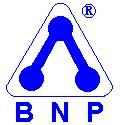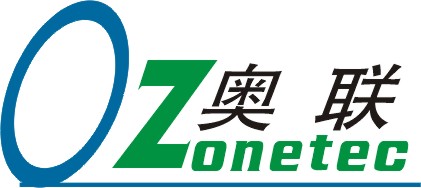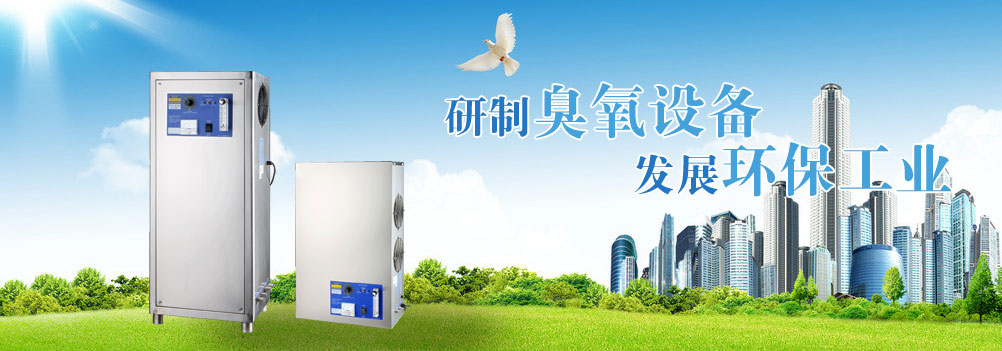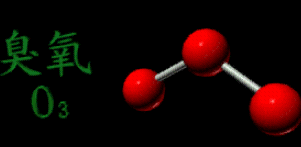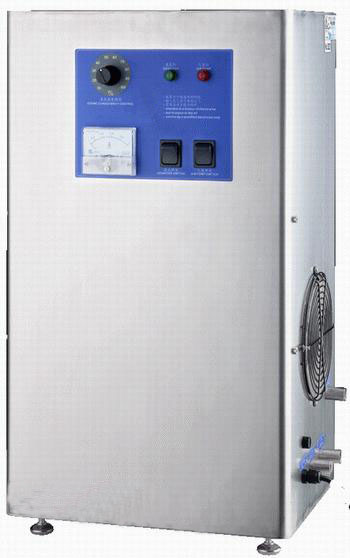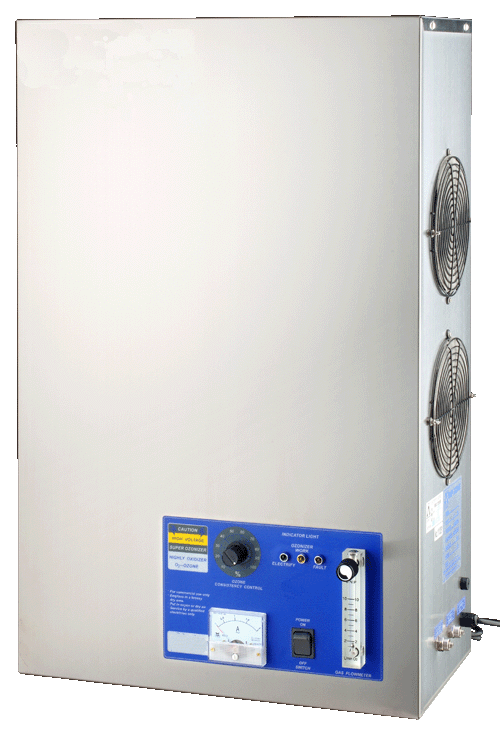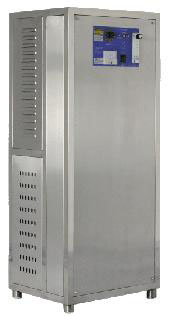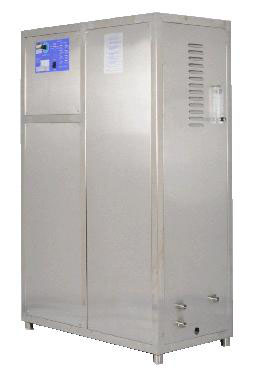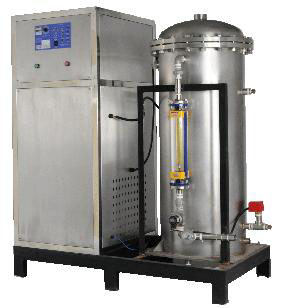|
Wastewater, water reuse ozone treatment Industrial wastewater treatment facilities generally refers to the ozone amount of ozone above 0.5kg / h system. In the field of the industrial use of such a facility, can handle almost any type of wastewater. Wastewater ozonation depends on the operating conditions of the industry categories and types of wastewater. These run the process can be classified in the following manner:
* The entire process flow (simple chemical process, chemical / biological and chemical / biological / physical combination process) * Applications (for indoor use within the water cycle pretreatment, or for indirect emissions to water and public water facilities for direct discharge to the river and the bay end of the water pipe network) * Removal of compounds (toxic or non-ferrous materials such as oxidative conversion of the aromatic ring, unsaturated hydrocarbons is very easy to react with ozone and reduce overall parameters (DOC or COD), disinfection or removal of particulate matter) * Ozone reaction with phenol: For water, the phenol pollution has great dangers. In the phenol contaminated natural water purification process, the condensation of phenol by ozone oxidation of humic acid hydrolysis or oxidation to generate a series of aromatic nuclei open oxygen compounds, ultimately decomposed into carbon dioxide, water and acids. Foreign studies have confirmed that the reaction of ozone with a phenol of the very rapid consumption of ozone oxidation of phenol, 1 ppm phenol to 2-4 ppm ozone. Usually biodegradable ozone oxidation process or in combination with advanced oxidation process (AOPS) to improve the efficiency of oxidation (eg O3/H2O2), can reduce the amount of ozone and running costs. Currently, the most wastewater ozonation unit in many systems, and biodegradable chemical oxidation prior to chemical oxidation treatment is sometimes placed in back of the unit (i.e.,-O3 O3-biological treatment systems). 1, ozone disinfection Ozone disinfection in drinking water is now quite popular, wastewater discharged into the receiving water body, you need to disinfect wastewater to meet certain quality standards, if they wish to be treated directly as irrigation water or process water should be disinfected when, And better than drinking water ozone dosage more. The most commonly used disinfectant is chlorine and chlorine dioxide for disinfection, and succeeded in controlling viral contamination, but can not control the parasite contamination, and chlorine can form known as halogenated disinfection byproducts (especially trihalomethanes, THMS), due to the formation of disinfection byproducts potential, so people increasingly widespread use of ozone. During the design of chemical disinfection is often used when Chick-Watson law of the concept of the value of ct (c multiplied by the effective concentration of free disinfectant contact time t). Loss for a given activity, the microorganism concentration is approximately logarithmic decrement is 2 or 3 (removal of 99% or 99.9%), a variety of microorganisms have been reported ct value. A large number of past and recent studies have confirmed that the molecular ozone is a very effective and promising disinfectants, better than free chlorine, chlorine dioxide, chloramines and hydroxyl radicals. Microbial resistance to roughly follow the relative order Ascending: bacteria, viruses and parasitic cysts. 2, the oxidation of inorganic compounds In order to destroy the toxic substances in the wastewater for ozone oxidation of inorganic compounds, mainly confined to the removal of cyanide. In the metal processing and electronics industries electrolytic treatment process, the cyanide used frequently, it may be the formation of CN-free state exists, but even more the case of combination with iron or copper, to form complexes exist. In the cyanide ion concentration is higher than 5mg / L, the ozone and free cyanide ions quickly, indicates that the reaction may be controlled by the mass transfer process, and the complexed cyanide attack the molecular action of ozone is very stable. Therefore, in this case, the choice of the ozone to produce hydroxyl radicals more promising. Ozone can remove wastewater via nitrite oxidation (NO2-) and sulfide (H2S/2-). These two substances react with ozone speeds are fast. 3, the oxidation of organic compounds Industrial wastewater problems caused most of the organic substances. In general, to handle different substances contained in, a mixture of different concentrations (concentrations from mg / L to g / L). Ozone treatment of wastewater main tasks are: * Conversion of toxic compounds * For dissolved organic carbon (DOC) in biological degradable ingredients partial oxidation, the main purpose is to improve the performance of subsequent biodegradation * Removal of color is very effective, many cowboy costumes by dry bleaching processes. And drinking water treatment similar difficult economic method will completely mineralized DOC recommended for ozone oxidation process combination with other methods. The success of the process is measured by the bulk removal of DOC. Ozone oxidation system has been used to treat wastewater, such as landfill leachate, textile, pharmaceutical and chemical industry wastewater. The main pollutants in water is hard to drop by organic matter, can be classified as follows: * Landfill Leachate humus (brown or yellow) and adsorbed organic halides (AOX) * Colored textile wastewater (poly) aromatic cluster compounds (often associated with a large number of such substances metal ions Cu, Ni, Zn, Cr) were mixed together) * Pharmaceutical and chemical industries or killing of toxic substances (such as pesticides) * Cosmetics and other industrial surfactants produced * Pulp and paper effluent COD and colored substances in the waste water ozonation system, the most common problem is that running a bubble to form calcium oxalate, carbonate and iron hydroxide (Fe (OH) 3) precipitate, they are easy to blocking reactors, pipe or valve, and will cause damage to the pump.
Second, the oxidation effluent water quality, water analysis
According to residents of the living quarters of
sewage, excessive focus on projects COD, BOD, suspended solids,
colloidal kinds, all kinds of bacteria. Sampling, analysis, and make
reports. Sewage treatment, COD, BOD, suspended solids SS, various types of bacteria concentration and total dissolved solids content in line with the Ministry of Construction Miscellaneous Domestic Water Standard CJ25.1-89, according to the requirements of residential property management, I designed the water reuse water quality standards are as follows:
2 design basis 2, water sampling report. 3, "outdoor drainage design specifications> (GBJ14-87). 4, the Ministry of Construction Miscellaneous Domestic Water Standard CJ25.1-89. 3 Design Principles 1, earnestly implement relevant regulations, standards and regulations, according to the actual situation of residential sewage, to take practical governance programs, in line with good effect, less investment, low operation cost, easy operation management requirements. 2, wastewater treatment should be consistent with the Ministry of Construction Miscellaneous Domestic Water Standard CJ25.1-89. 4 technical process outlined Confined ozone-safe landfill leachate treatment process 1, closed safety film. Bioreactor landfill leachate treatment process Key: Membrane bioreactor technology + O3 2, closed secure connection biological oxidation of landfill leachate treatment process Key: biological contact oxidation technology and efficient inclined plate sedimentation combined + O3 3, SBR leachate treatment process Key: SBR oxidation process + O3 4, ozone dosage diagram:
|
||||||||||||||||||||||||||||||||||||||||||||||||||||||||||||||||||||||||||||||||||||||||||||||||||||||||||||||||||||||||||||||||||
| back next | |||||||||||||||||||||||||||||||||||||||||||||||||||||||||||||||||||||||||||||||||||||||||||||||||||||||||||||||||||||||||||||||||||
|
Copyright © http://www.laiter.com.cn Corporation and its licensors. All rights reserved. Guangzhou Ozone Technology Co.,Ltd |

